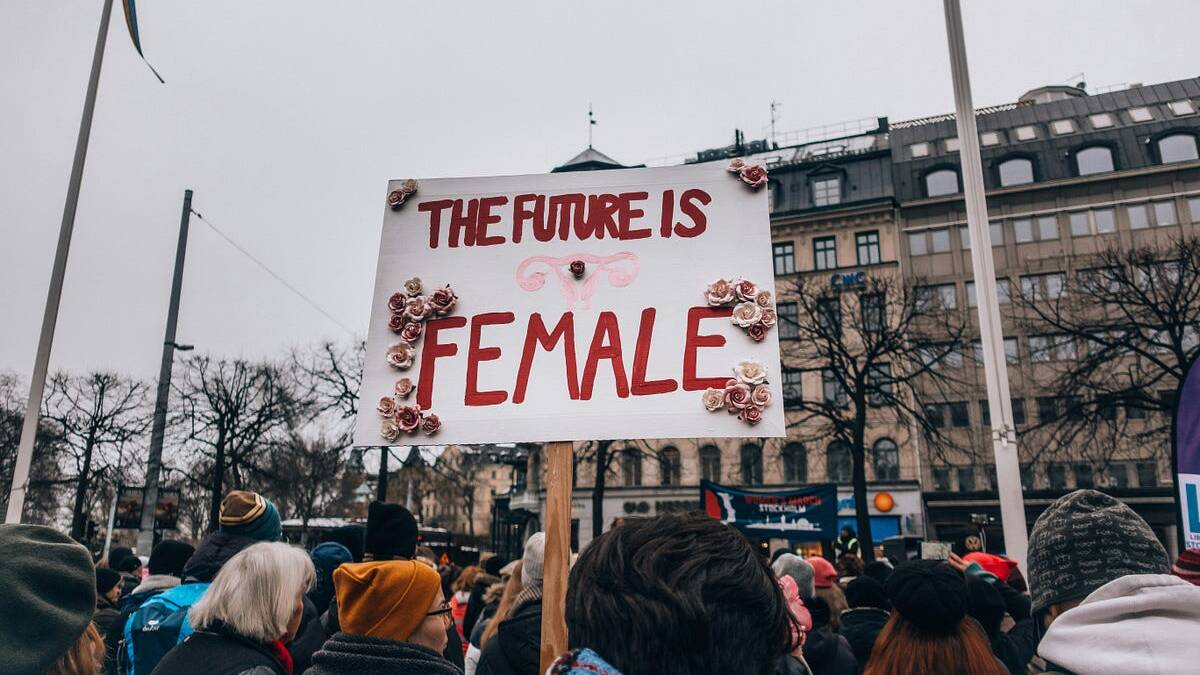How Gendered Myths of Strength Keep Women Weaker
Medium | 14.11.2025 00:00
How Gendered Myths of Strength Keep Women Weaker
On inequalities in physical activity and what keeps them in place
9 min read
·
Just now
--
I watched my mother pull the built-in shoulder pads, a staple of ’80s and ’90s fashion, out of her tops and dresses countless times as a kid.
Her shoulders were already too wide, ‘too manly,’ she’d explain, carefully removing the stitches. I’d inherited them too, she’d say.
I failed to see what was wrong with that at the time. As an adult, I still don’t. I find broad shoulders, on anyone, quite elegant. Plus, they’re an advantage in a sport I’ve always loved — swimming. But today, at least I understand where she was coming from. (Sort of.)
Strength, sport, and physical activity have long been coded as ‘masculine’ and treated as an almost exclusively male territory. Women, on the other hand, were — and, to an extent, still are — often seen as ‘not built for it’, as the ‘weaker sex’; tolerated, at best, as trespassers in the world of muscles and medals. Plenty of women have, of course, defied those norms over the past century or so. Plenty also do so today, though not without continuing to face doubt over their abilities as well as sexist, racialised, and transphobic scrutiny over their appearance.









